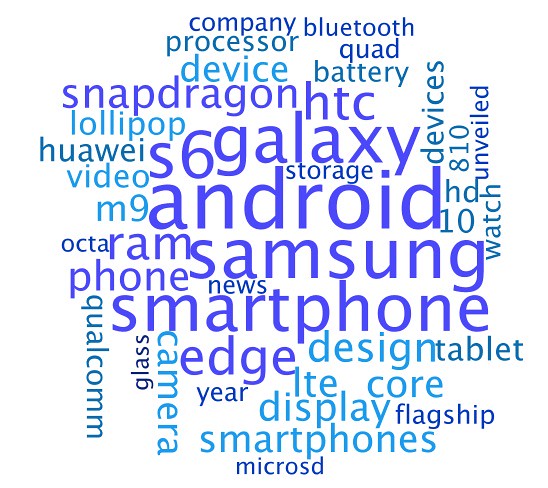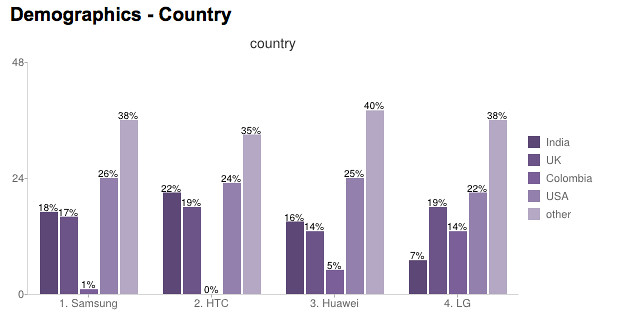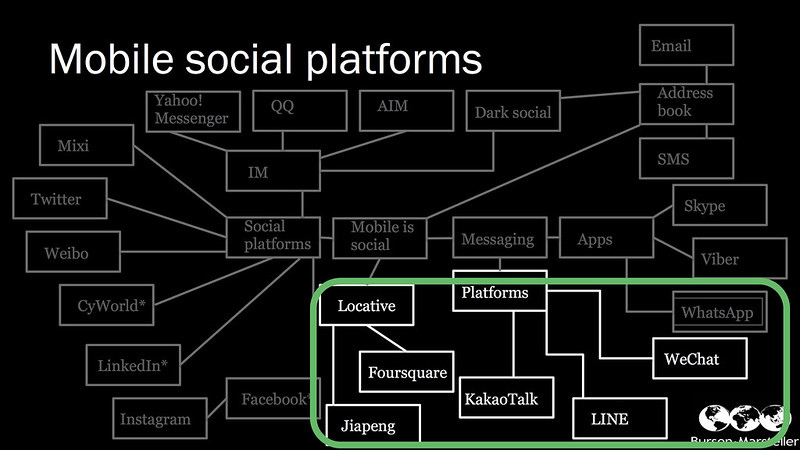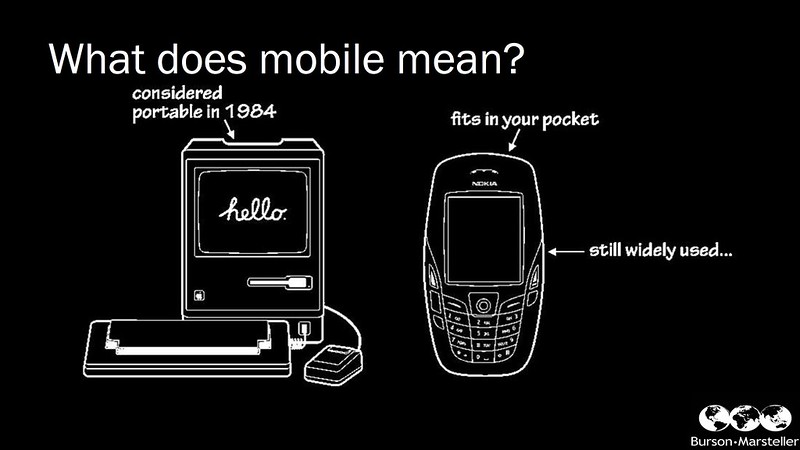It’s become a bit of an annual tradition on this blog for me to put together some guesswork on what is likely to be coming down the pipe over the next 12 months so here are my 2015 predictions.
Business
Sony Corp. cleans house with the management teams of its US businesses. One of Sony’s start-up bets (the e-ink watch, smart locks etc) comes good. Sony will still be supported by its Japanese financial services business.
For years IBM has charged Huawei a fortune for consulting, telling Huawei the IBM way. In 2015, I could see the student becoming the master as Huawei sells into IBM enterprise markets in the developing world and possibly Europe.
Shareholder activists don’t take a run at Google. Google is moving from a growth stock to value as search advertising revenue growth is declining. However the structure of Google makes life very difficult for the activists to gain leverage. Any activist that does take a run at Google would need to go to court to help dismantle the two-tier structure that handicaps the shareholder voting structure. That doesn’t mean that there won’t be shareholder grandstanding and public letters to the board. Google’s privacy and antitrust regulatory woes will continue to fester outside the U.S.
As Fred Wilson over at A VC put it, the sharing economy is actually the rental economy, the digital economy equivalent of bulk breakage: breaking a larger container down to sell smaller, more manageable pieces to consumers for a profit. It’s disruption usually stems from breaking regulations: labour laws, public transportation regulations, laws governing guest house and hotels rather than innovation. It is likely to prey on the have-nots and is likely to see increased resistance. For me it is indicative of a move in founder culture, from the counterculture influenced start-ups of Apple’s era to a yuppie Patrick Bateman-like culture today. Expect more societal push-back as geeks become the new investment bankers in terms of being societal punch bags.
IoT / wearables
There won’t be an over-arching XML type bridge for the IoT. Battery life will limit the fantastic visions that pundit have for wearables and the internet of things.
I would be surprised if we didn’t see some devices trying to power themselves by scrounging energy from wider electromagnetic spectrum (wi-fi networks, cellular devices, radio, TV etc).
Consumer electronics
We are going to continue to see baby steps towards more immersive experiences, as VR glasses slowly make progress in the marketplace. OLEDs would be an ideal application for VR glasses, particularly if they want to hold off smartphones in a frame. Content is likely to role out in a similar way to IMAX – visually stunning documentaries about space and nature alongside computer games. Content and gaming will be slow due to it being difficult to make. Storytelling in VR won’t be a problem solved in my 2015 predictions. It will be interesting to see what James Cameron does with VR. There will also be some baby steps towards haptic feedback (think a better Nintendo PowerGlove).
Despite The Interview, Hollywood still won’t do cinema / digital simultaneous releases, or global simultaneous releases for any content that wouldn’t have been direct to TV/video in an earlier age.
Wireless
The YotaPhone2 won’t get the customer base it deserves as it struggles against the superior marketing muscle of Samsung in the premium Android segment of the market.
The Cyanogen distribution of Android won’t go anywhere fast due to its geographic exclusivity agreements with the likes of OnePlus and MicroMax cramping the style of handset manufacturers with global ambitions. This offers an opportunity for Jolla’s SailfishOS. but I suspect that my 2015 predictions will mark a high spot in diversity of smartphone brands. Instead we’re likely to see a thinning out of brands over the coming of years, slowly but surely.
Google revamps the resources and process to get more Chinese smartphone manufacturers going through its official channels for compatibility (CTS) and have a Google Mobile Services (GMS) license. At the moment there are a number of Android handsets going into developing markets without these, which means Google is losing out on incremental licensing revenue. More wireless content here.
Online/social
There is a change of emphasis in business, social is no longer well, social. Businesses start to pull ‘social’ media back into business functions. An increased emphasis on paid media over earned engagement / community management and marketing automation makes social look more like electronic direct marketing.
Asian platforms WeChat, LINE and KakaoTalk have led the way in both consumer and brand adoption. They will continue with a relatively slow international rollout. Facebook Messenger doesn’t seem to fill the same user context as these applications, is this an opportunity that a SnapChat or new player can fill?
Things could get very interesting if WeChat or LINE professionalise their international marketing and start rolling out some of their more advanced features internationally such as integrating payments and m-commerce. They can’t do it by going alone, they would need to be good partners and deals like that take time to negotiate.
I suspect that international e-commerce will have breakout years. Yesasia.com, Rakuten and Aliexpress have been percolating for years. Combine this with the valuation put on Asian e-commerce outfits, it would be quite easy to see how cost-conscious consumers in economically challenged Europe and the developing world may appreciate a new Amazon. Secondly, Chinese purchases of foreign goods are likely to expand further due to a rapidly developing logistics network within China, increasing international acceptance of UnionPay and a rein-in on more ostentatious tastes due to Mr Xi’s anti-corruption drive. Consumers will be looking for quality less overt luxury and premium products. Foreign travel for shopping will start to be scrutinised by the government and foreign shopping through intermediaries will become professionalised by the Rakutens of this world.
We’re likely to see European states take a similar stance to India and China and more widely blocking sites for security considerations and media IP enforcement. Expect the UK and Australia to lead the way in terms of site censorship.
What do you think about my 2015 predictions?
More information
Who is behind the e-paper FES watch? | WSJ
Sony Qrio smart lock crowd funding page
What Just Happened? AVC





